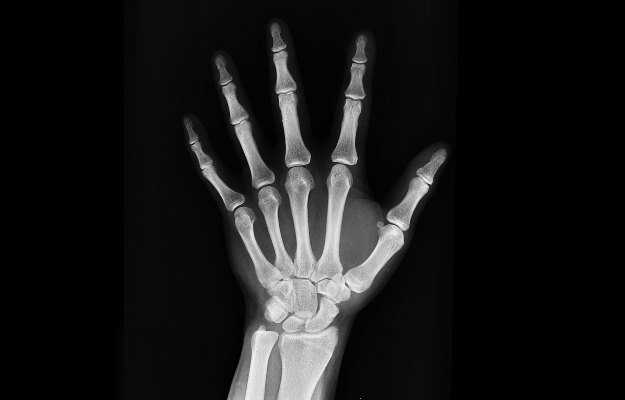What is a fractured finger?
A fractured finger is an injury of the phalanges (bones of the fingers). It is one of the most commonly occurring sports injuries and can disrupt one’s daily activities and routine. If not treated on time, these fractures can have significant consequences.
What are its main signs and symptoms?
Common signs and symptoms of a fractured finger include:
- Redness, inflammation, and swelling around the area of injury
- Pain
- Tenderness on palpation
- Deformity
- Inability to move the finger
- Bruising at the site of the fracture
What are the main causes?
Causes of a fractured finger include:
- Injury sustained during sports is the most common cause of a fractured finger.
- Finger fracture may also occur during daily activities such as slamming a door shut or banging your fingers on a wall.
- A fractured finger may also occur while working with heavy machinery, power saw or drilling machine.
How is it diagnosed and treated?
Diagnosis of a fractured finger involves the following:
- A careful medical history regarding the type and cause of injury, time of injury, symptoms, and history of any previous injury will be taken by your doctor.
- Physical examination involves assessment of the site of the fracture, number of bones broken, and movement of the fingers.
- Stability and dislocation of joints should be assessed.
- Investigations include X-rays of the palm and the fingers in the anteroposterior, lateral, and oblique view.
Treatment of the condition includes:
- Treatment of a fractured finger involves putting the fractured fragments in alignment and splinting the finger. The fractured finger may be buddy-taped to another finger in order to relieve the pressure and pain. The doctor will examine the fracture and determine how long the fingers need to be splinted.
- Restriction of finger movements is advised.
- Treatment is usually given for three weeks along with analgesics and cold compresses.
- Surgery may be needed in severe cases. Certain devices may be required to hold the fractured fragments in place. These may include biocompatible pins or screws.
















